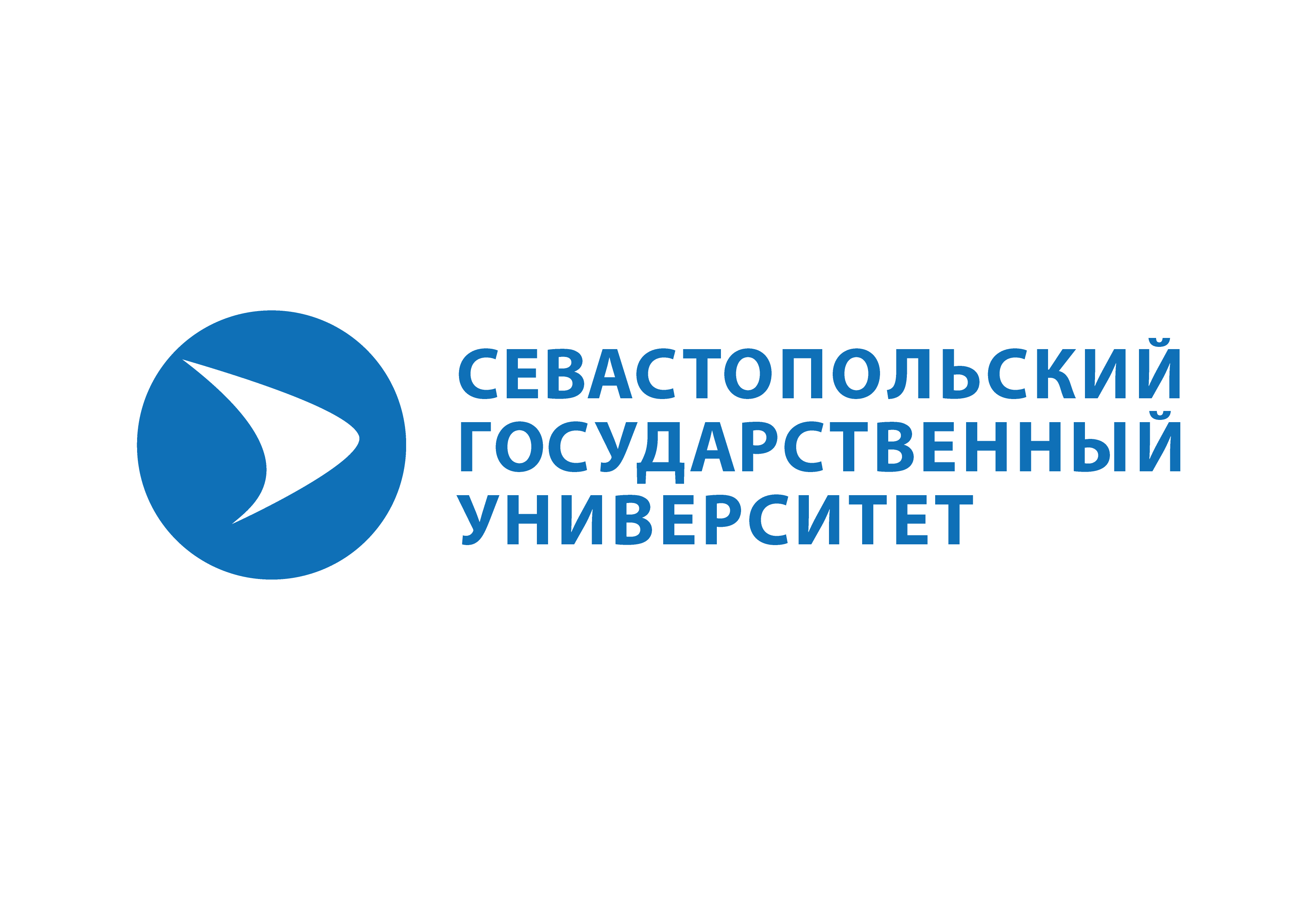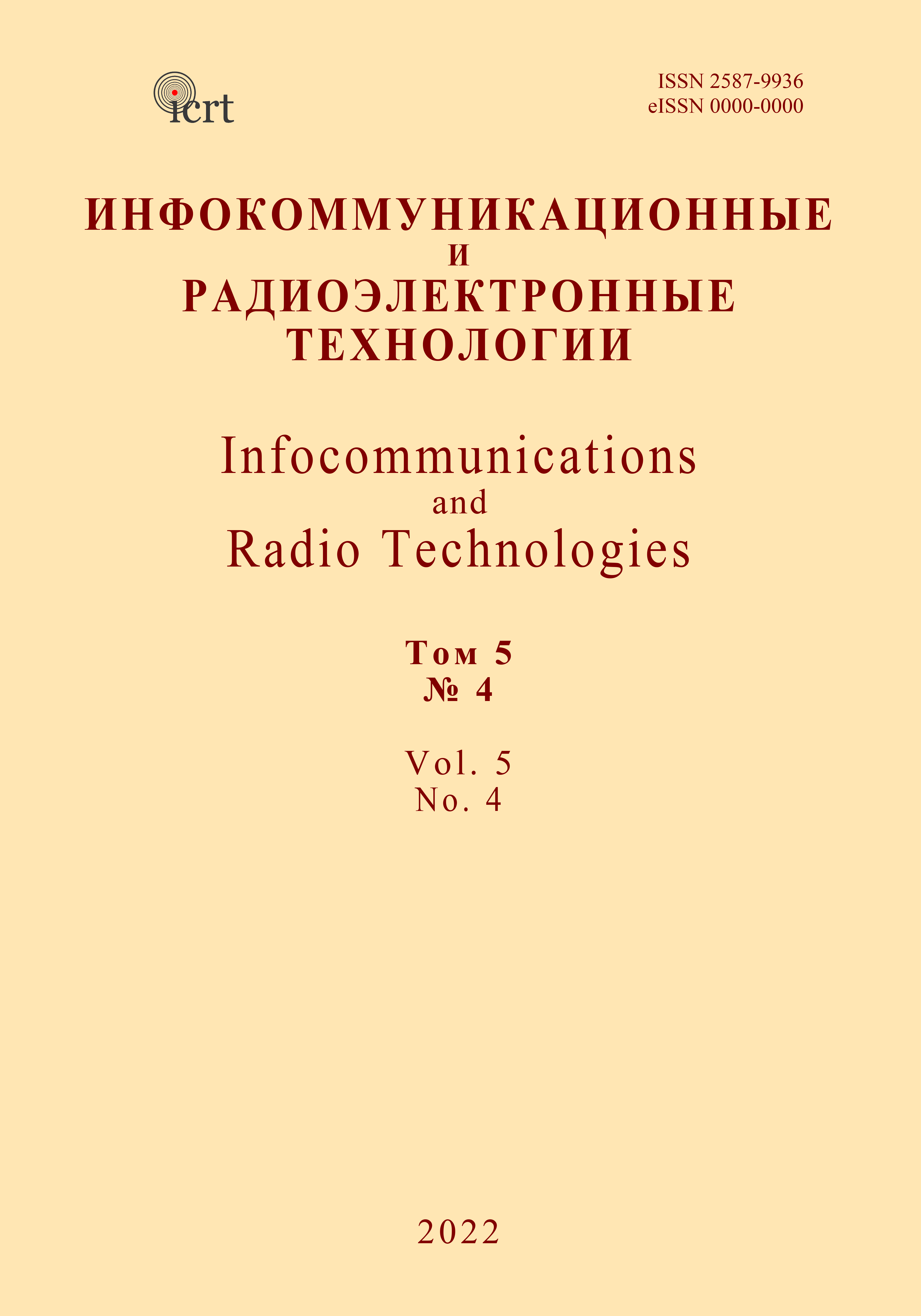St. Petersburg, St. Petersburg, Russian Federation
UDK 621.39 Электросвязь. Техника электросвязи
The article focuses on the work of Harold Wilson, Robert Millikan and his students, in particular, Louis Begeman and Harvey Fletcher on determining the magnitude of an elementary electric charge. Attention is drawn to the priority of authorship in the publications of R. Millikan and H. Fletcher based on the results of joint research. A controversy was noted around the results of Millikan’s experiments to determine the electric charge of an electron. The situation with R. Millikan’s recommendation of his student Harold de Forest Arnold to the WECo research group for the development of a telephone electronic repeater is described.
electron, electron charge, Harold Wilson, Robert Millikan, Louis Begeman, Harvey Fletcher, Harold de Forest Arnold
1. “Harold Albert Wilson, 1874-1964,” Biographical Memoirs of Fellows of the Royal Society, vol. 11, pp. 186-201, Nov. 1965, doi:https://doi.org/10.1098/rsbm.1965.0013.
2. J. S. Townsend, “On electricity in gases and the formation of clouds in charged gases,” Proceedings of the Cambridge Philosophical Society, vol. 9, pp. 244-258, 1897.
3. H. A. Wilson, “XLII. A determination of the charge on the ions produced in air by Röntgen rays,” The London, Edinburgh, and Dublin Philosophical Magazine and Journal of Science, vol. 5, no. 28, pp. 429-441, Apr. 1903, doi:https://doi.org/10.1080/14786440309462941.
4. J. S. Townsend, “XIII. Electrical properties of newly prepared gases,” The London, Edinburgh, and Dublin Philosophical Magazine and Journal of Science, vol. 45, no. 273, pp. 125-151, Feb. 1898, doi:https://doi.org/10.1080/14786449808621115.
5. J. J. Thomson, “LVII. On the charge of electricity carried by the ions produced by Röntgen rays,” The London, Edinburgh, and Dublin Philosophical Magazine and Journal of Science, vol. 46, no. 283, pp. 528-545, Dec. 1898, doi:https://doi.org/10.1080/14786449808621229.
6. J. J. Thomson, “LVIII. On the masses of the ions in gases at low pressures,” The London, Edinburgh, and Dublin Philosophical Magazine and Journal of Science, vol. 48, no. 295, pp. 547-567, Dec. 1899, doi:https://doi.org/10.1080/14786449908621447.
7. R. A. Millikan, The autobiography of Robert A. Millikan. Englewood Cliffs, NJ: Prentice-Hall, Inc, p. 69, 1950.
8. J. J. Thomson, “XL. Cathode Rays,” The London, Edinburgh, and Dublin Philosophical Magazine and Journal of Science, vol. 44, no. 269, pp. 293-316, Oct. 1897, doi:https://doi.org/10.1080/14786449708621070.
9. R. A. Millikan, The electron: Its isolation and measurement and the determination of some of its properties. Chicago: University of Chicago Press, p.15, 1917.
10. L. Begeman, “An Experimental Determination of the Charge of an Electron by the Cloud Method,” Physical Review (Series I), vol. 31, no. 1, pp. 41-54, Jul. 1910, doi:https://doi.org/10.1103/physrevseriesi.31.41.
11. R. A. Millikan and L. Begeman, “On the Charge Carried by the Negative Ion of an Ionized Gas,” Physical Review, vol. 26, no. 2. pp. 197-198, 1908.
12. P. Heering and D. Osewold, Constructing Scientific Understanding Through Contextual Teaching, Frank & Timme GmbH, p. 345, 2007.
13. R. A. Millikan, “XXII. A new modification of the cloud method of determining the elementary electrical charge and the most probable value of that charge,” The London, Edinburgh, and Dublin Philosophical Magazine and Journal of Science, vol. 19, no. 110, pp. 209-228, Feb. 1910, doi:https://doi.org/10.1080/14786440208636795.
14. R. A. Millikan., “On the Elementary Electrical Charge and the Avogadro Constant,” Physical Review, vol. 2, no. 2, pp. 109-143, Aug. 1913, doi:https://doi.org/10.1103/physrev.2.109.
15. R. A. Millikan, “The Isolation of an Ion, a Precision Measurement of its Charge, and the Correction of Stokes’s Law,” Physical Review (Series I), vol. 32, no. 4, pp. 349-397, Apr. 1911, doi:https://doi.org/10.1103/physrevseriesi.32.349.
16. H. Fletcher, “My work with Millikan on the oil-drop experiment,” Physics Today, vol. 35, no. 6, pp. 43-47, Jun. 1982, doi:https://doi.org/10.1063/1.2915126.
17. R. A. Millikan and H. Fletcher, “Causes of Apparent Discrepancies and Recent Work on the Elementary Electrical Charge,” Physikalische Zeitschrift, January 1911.
18. R. A. Millikan and H. Fletcher, “XC. On the question of valency in gaseous ionization,” The London, Edinburgh, and Dublin Philosophical Magazine and Journal of Science, vol. 21, no. 126, pp. 753-770, Jun. 1911, doi:https://doi.org/10.1080/14786440608637092.
19. H. Fletcher, “Some Contributions to the Theory of Brownian Movements, with Experimental Applications,” Physikalische Zeitschrift, January 1911.
20. H. Fletcher, “A Verification of the Theory of Brownian Movements and a Direct Determination of the Value of NE For Gaseous Ionization,” Physical Review (Series I), vol. 33, no. 2, pp. 81-110, Aug. 1911, doi:https://doi.org/10.1103/physrevseriesi.33.81.
21. H. Fletcher, “Vérification de la théorie du mouvement brownien et détermination de la valeur de Ne pour l’ionisation des gaz,” Le Radium, vol. 8, no. 7, pp. 279-286, 1911, doi:https://doi.org/10.1051/radium:0191100807027901.
22. R. A. Millikan, “The Isolation of an Ion, a Precision Measurement of Its Charge, and the Correction of Stokes’s Law,” Science, vol. 32, no. 822, pp. 436-448, Sep. 1910, doi:https://doi.org/10.1126/science.32.822.436.
23. F. Ehrenhaft, Über die Messung von Elektrizitätsmengen, die kleiner zu sein scheinen als die Ladung des einwertigen Wasserstoffions oder Elektrons und von dessen Vielfachen abweichen, Kais. Akad. Wiss. Wien, Sitzber. math.-nat. Kl. 119 (IIa), pp. 815-867, 1910.
24. G. M. Magalhães , “A debate on magnetic current: the troubled Einstein-Ehrenhaft correspondence,” The British Journal for the History of Science, vol. 44, no. 3, pp. 371-400, Oct. 2010, doi:https://doi.org/10.1017/s0007087410001299.
25. D. Goodstein, “In the Case of Robert Andrews Millikan,” American Scientist, pp. 54-60, Jan-Feb 2001.
26. “Robert Andrews Millikan,” in Encyclopedia of Nobel Laureates 1901-2017, by P. T. Raja-sekharan, Panther Publishers Pvt. Ltd, 2018.
27. T. H. Laby and V. D. Hopper, “The Electronic Charge,” Nature, vol. 143, no. 3613, pp. 157-158, Jan. 1939, doi:https://doi.org/10.1038/143157b0.
28. T. H. Laby and V. D. Hopper, “The Electronic Charge,” Nature, vol. 145, no. 3685, pp. 932-933, Jun. 1940, doi:https://doi.org/10.1038/145932a0.
29. K. Darrow, Oral History Transcript. URL: https://www.aip.org/history-programs/niels-bohr-library/oral-histories/4567-1 (25.07.2022).
30. “Harold DeForest Arnold,” Review of Scientific Instruments, vol. 4, no. 8, pp. 421-421, Aug. 1933, doi:https://doi.org/10.1063/1.1749162.
31. Harvey Fletcher 1884-1981. A Biographical Memoir by Stephenh Fletcher. National Academy of Sciences, Washington, p. 172, 1992.
32. J. B. Allen, “Harvey Fletcher’s role in the creation of communication acoustics,” The Journal of the Acoustical Society of America, vol. 99, no. 4, pp. 1825-1839, Apr. 1996, doi:https://doi.org/10.1121/1.415364.












